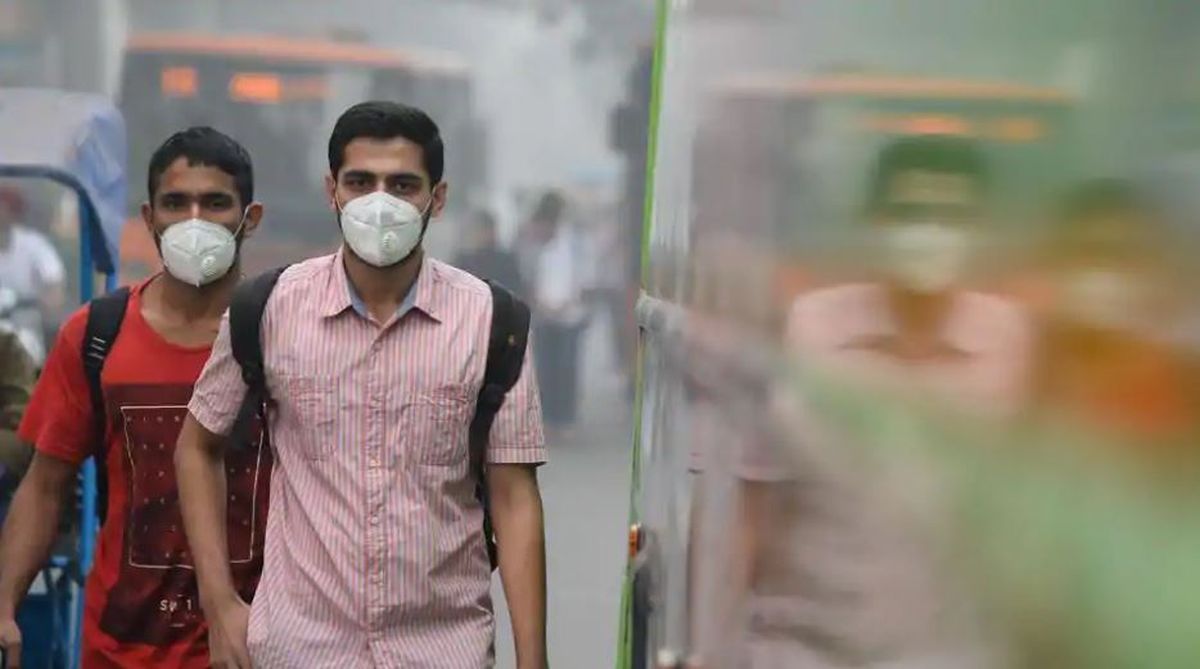People in Delhi-NCR had another tough day as they went about their business breathing air that was categorised as ‘very unhealthy’, ‘unhealthy’ and ‘hazardous’.
At 4 pm today, the Air Quality Index (AQI) at IHBAS in New Delhi was at 175 and categorised as ‘unhealthy’. In fact, at 4 pm, every part of the national capital read ‘unhealthy’ on the AQI. The concentration of PM2.5 was over 150 in all the parts, including Anand Vihar (AQI 176) and DTU (AQI 184). On the other hand, PM10 concentration was as high as 160 in many parts of the state.
Advertisement
According to reports, the AQI in some parts of Delhi touched 300-mark on Thursday morning.
While Delhi continues to suffer from very poor AQI, scientists at IIT-Kanpur have reportedly planned to reduce the pollution level through artificial rain for which a special aircraft from ISRO has been procured.
“We have made all the preparations and have also got the aircraft from ISRO which will be needed to induce the artificial rain. The technique has been tested before in Maharashtra as well as parts of Lucknow. However, this is the first time in India that artificial rain would be created over a big land mass to counter the damage done by air pollutants,” said Manindra Agarwal, Deputy Director IIT Kanpur.
Cloud seeding is the process of combining different kinds of chemical agents, including silver iodide, dry ice and even common table salt, with existing clouds in an effort to thicken them and increase the chance of rainfall.
The process also involves changing the amount and type of precipitation that falls from clouds by dispersing substances (mostly salts) into the air. The dispersion is done from aircraft.
Delhi-NCR has been battling with extremely bad air quality since the day after Diwali, when AQI in many areas touched 999 – the highest recordable mark. Even healthy people start experiencing breathing problems when the AQI is just above 400. Thus at 999, it was almost equivalent to walking in a gas chamber under the sky.
Read More: Delhi records AQI 999 | What it means for us
The situation, alarming as it was, evidently drew global attention to the pollution in India’s national capital.











